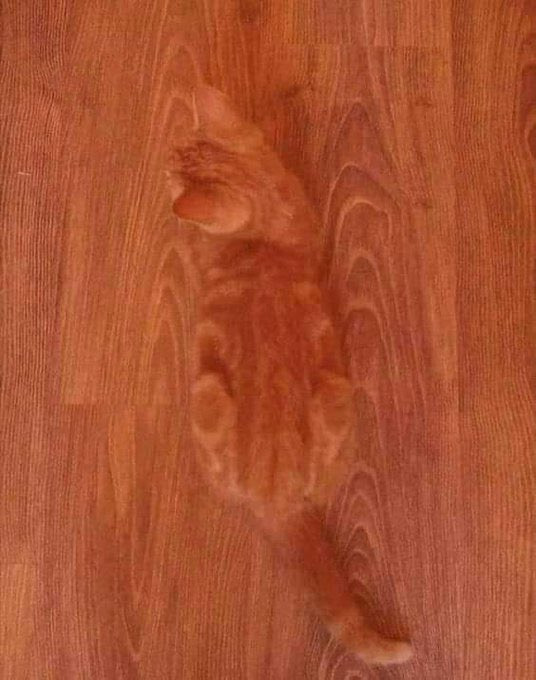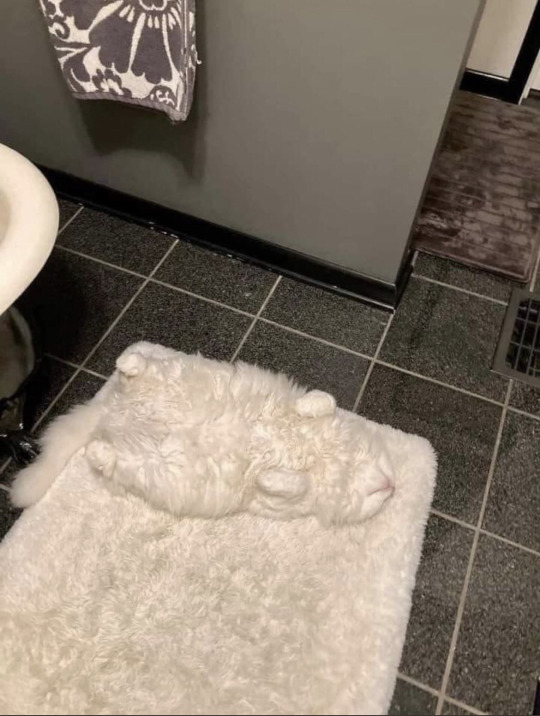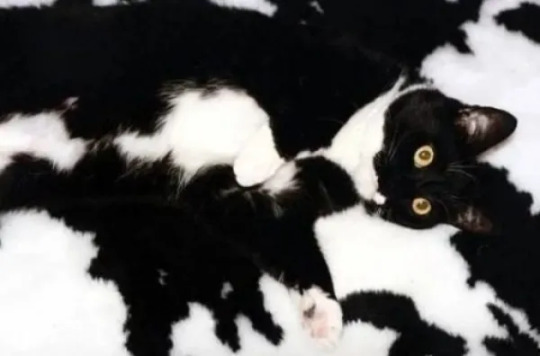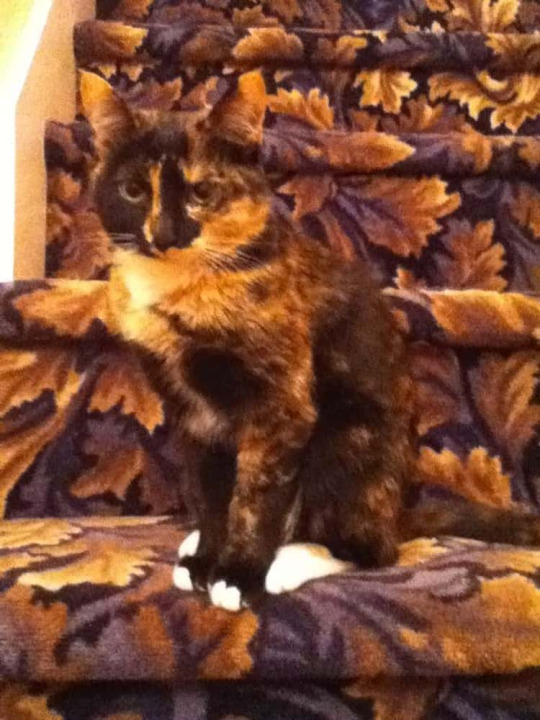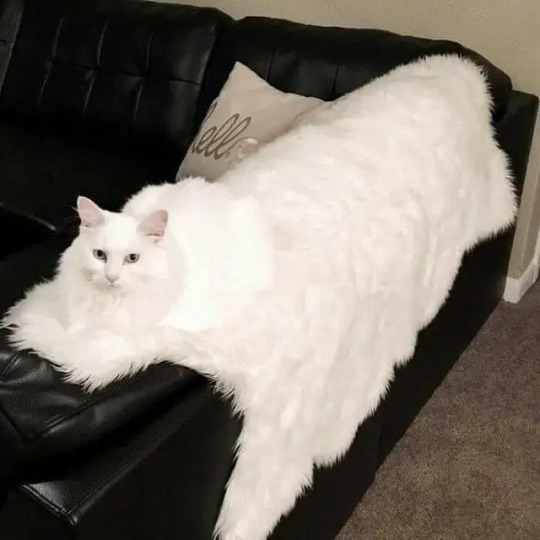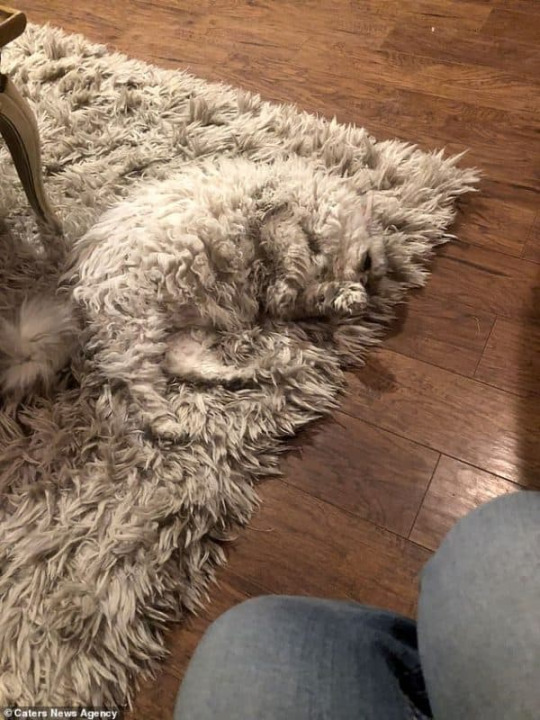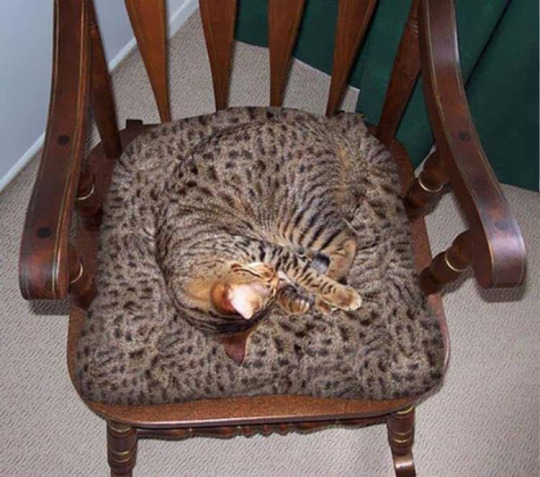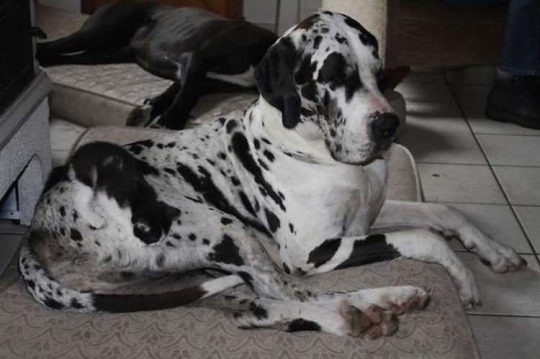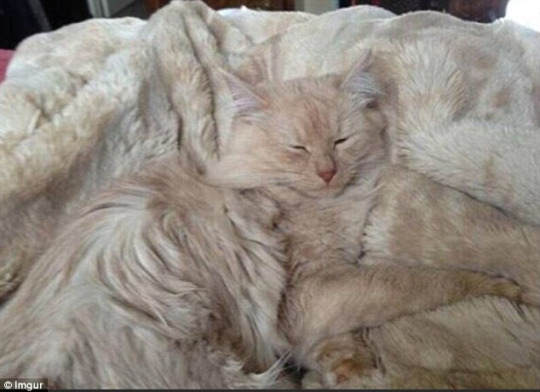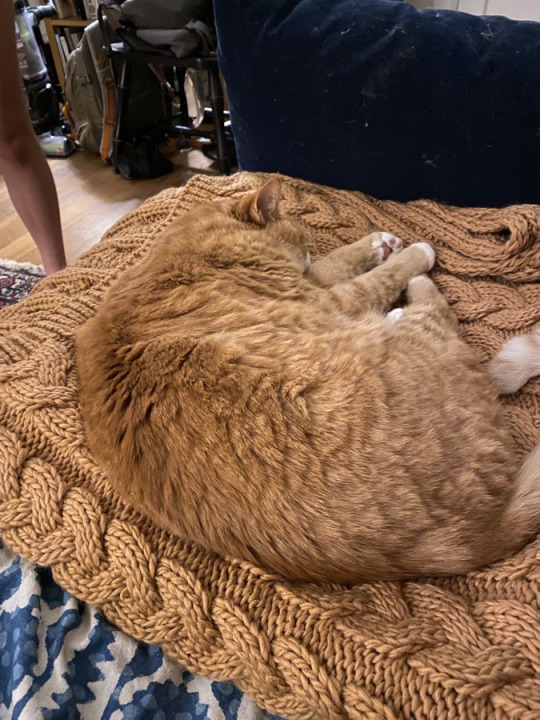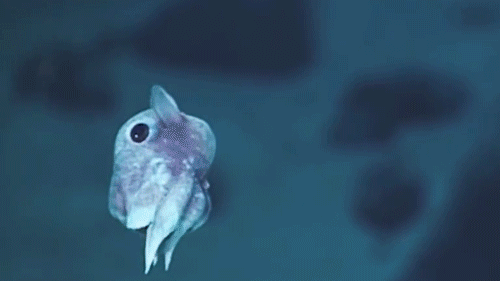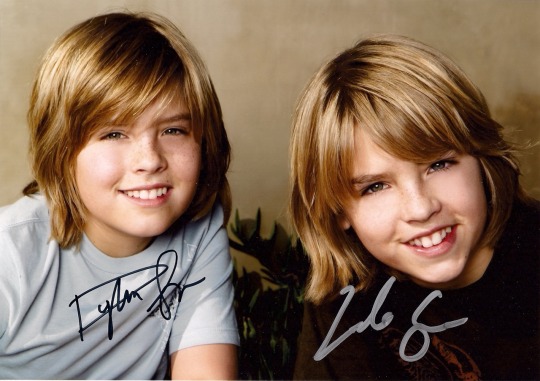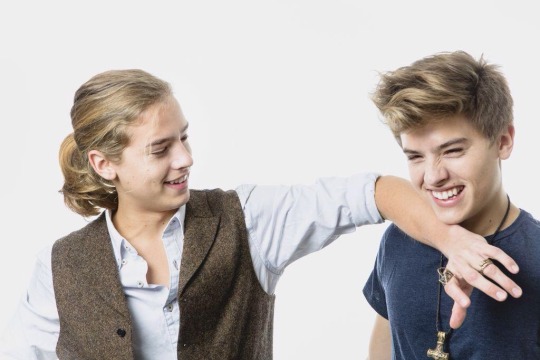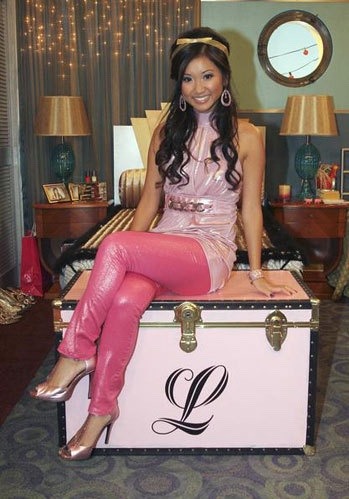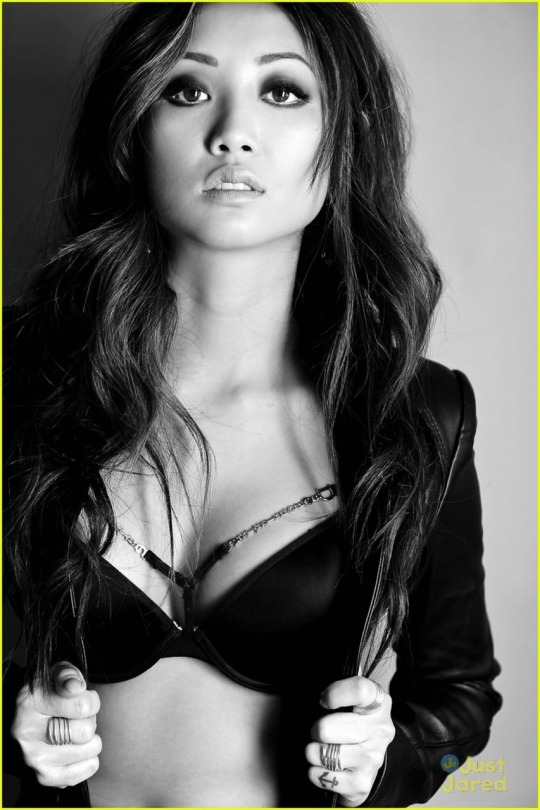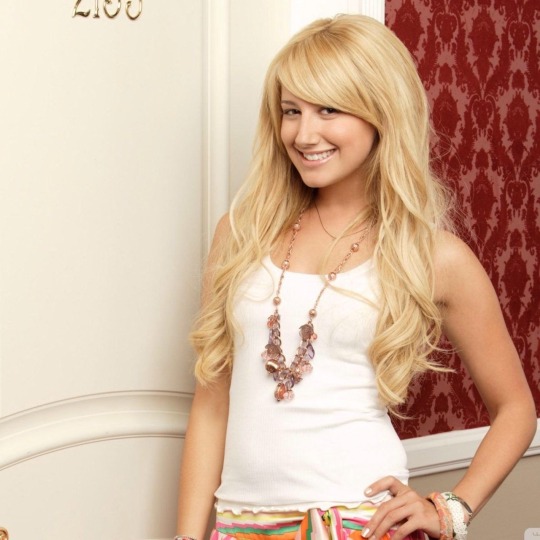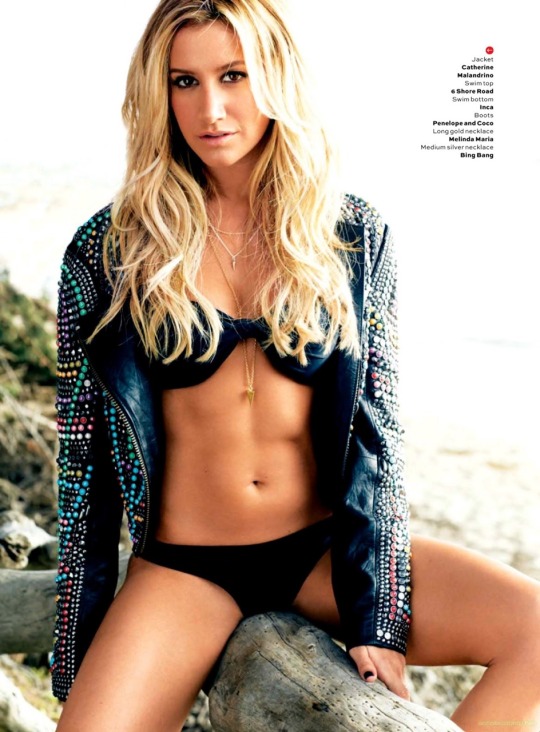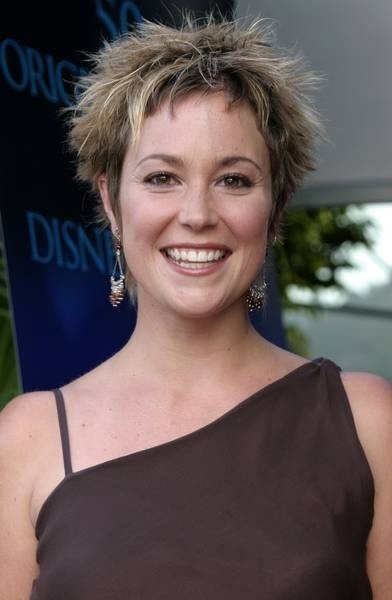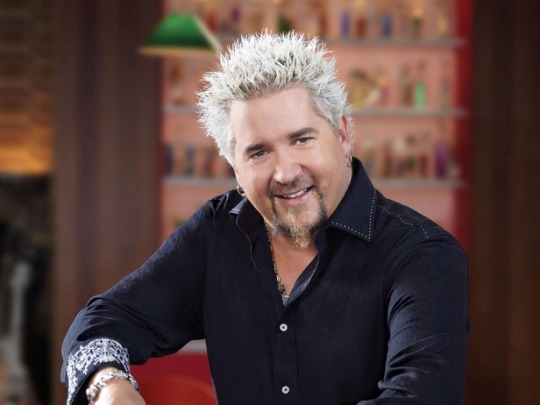Welcome to my personal blog. This blog mainly consists of reblogs from fandoms, social rights, human rights and world news. If you are here because of a mutual follow and are looking for my Cosplay blog, please go to cosplaywithdeidra.tumblr.com
Don't wanna be here? Send us removal request.
Text
262K notes
·
View notes
Text
If your primary animal rights issue is the seal hunt and not uhhhhh, factory farms, there’s a good chance you just think baby seals are cute and don’t actually care about productive activism.
The seal hunt is comparatively small and humane in comparison with large scale commercial meat production. Inuit communities genuinely rely on seal meat and fur sales for survival, whereas factory farms are entirely unnecessary and the profits just go to the heads of meat corporations.
Greenpeace board members have straight up admitted that the seal hunt isn’t a real issue, but one that they keep going back to in their advertising because cute animals bring in donations. It’s a manufactured issue that’s economically devestated northern indigenous communities that are already struggling to survive.
If you give a shit about animals, focus on dismantling the capitalist structures that lead to mass-scale abuse and unnecessary death in commerical farming. The seal hunt is a scapegoat and anti-sealing propaganda, which is often straight up lies, materially harms indigenous people.
427 notes
·
View notes
Text
As someone that has grown up surrounded by beaches and done surf life saving, I know how the sea works. Lots of people dont. Every summer multiple tourists die here because they don’t respect the sea, if you’re going to the coast, here’s a thing I saw on Facebook.
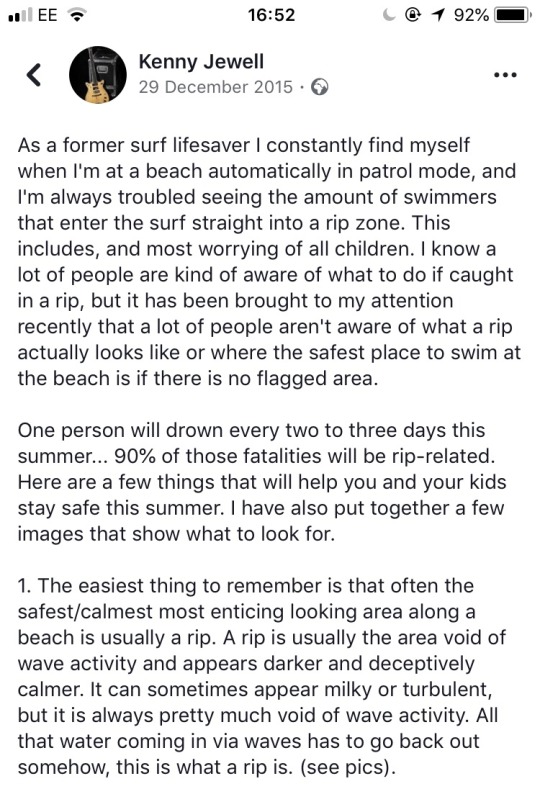
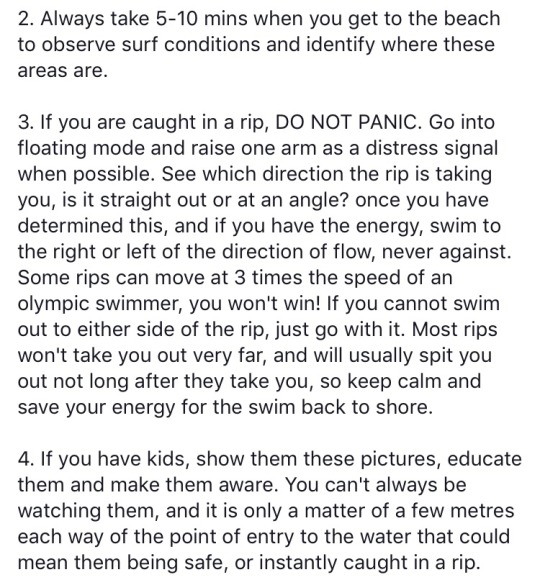


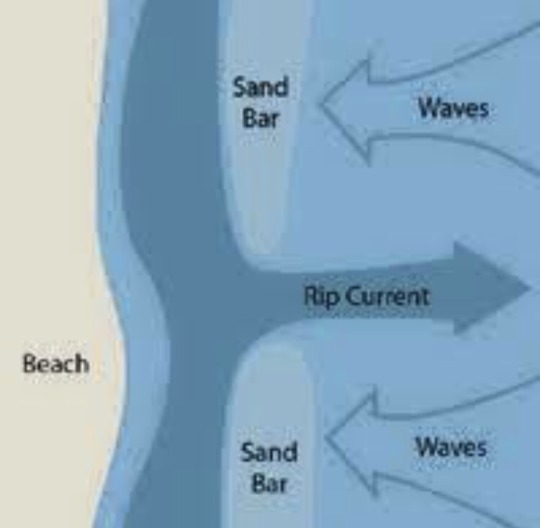


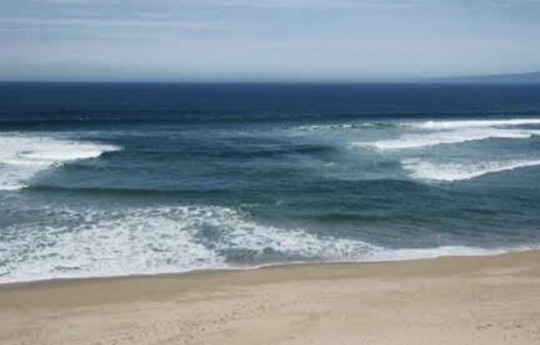

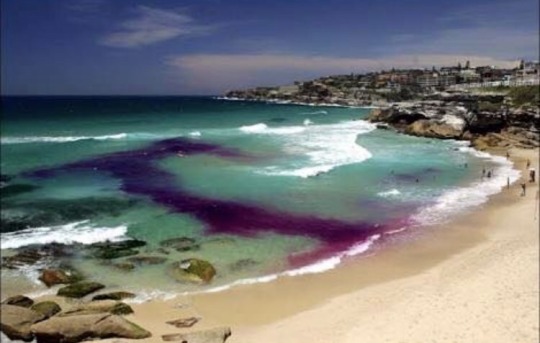
319K notes
·
View notes
Text
look i’m not saying that children shouldn’t be allowed to play video games or anything like that but the fact that kids as young as EIGHT are using misogynistic, homophobic and racial slurs in casual conversations because they heard their favorite streamer or opponent on a video game say it is something that urgently needs addressing
88K notes
·
View notes
Note
Are you even native American
Hello nosey nonnie.
Yes I am Native American, but I don’t look it. And no it’s not one of those my great grandmother was Cherokee. I am 2nd generation off the rez Tuscarora, Iroquois Turtle Clan.

This is me and my mother. Yes she is my birth mother, I just got very fucked over in the genes department. I swear I’m adopted but we have many photos of the birth and have several paternity and maternity tests to prove that I fell out of this woman’s vagina.
Here are some more pictures cause I’m pale and I honestly don’t think you believe me:



(My mom actually made every piece of jewelry I am wearing and hand beaded that vest as well).
And here’s pictures of the woman that I blame for my bad genes: My grandmother.

I get told I look like her all the time AND I HONESTLY DO NOT SEE IT, but because I get told I look like her all the time I BLAME HER.

On the left you see my grandpa (full blood native) in his headdress, on the right you see my cousin (also full blood), the great medicine man Mad Bear, here’s a book about him since you seem to be so nosey.
And in case you doubted me, here are a few pictures of me when my ma and I were on the powwow circuit.

This is me with my ma’s regalia (if you call it a costume I will shank you) because a) she had a bad leg day and couldn’t dance and b) mine was not ready and made and I JUST REALLY WANTED TO DANCE. (This is also the day I got burnt ON MY FUCKING HAIRLINE WHERE MY HAIR WAS PARTED. THAT FUCKING HURTS!)

Here’s me in my fancy dance shawl. There aren’t that many pictures of me because a) I fucking hated them b) it’s normally seen as disrespectful to take pictures of dancers out of the circle without their permission and my ma and I were always dancing at the same times AND I NEVER LET ANYONE TAKE MY PICTURE AT THIS TIME IN MY LIFE.
So yes, my family is a very rainbow family, I just happen to be the one WHITE passing one. No really…

Here’s me (in the middle if you can’t guess), Bebe and Audree. I like to call this the ABC Rainbow of the Printup family (because my first name is Cheyenne…..I swear our parents DID NOT PLAN THIS).
And this is another pic of me and Audree YEARS later

Am I Native? Yes
Do I look traditionally Native? No
Does that mean I am not going to label myself as native? HELL TO THE FUCK NO.
Please reblog and share so that people can understand that there are white passing people of color. Yes even some that pass as white as me. We do exist and no that does not give you the right to basically white wash us. I am proud of my native roots and I will share everything and anything you want to know. The more educational resources we can get out there the better. DON’T BE AFRAID TO SHOOT ME AN ASK. I LOVE IT, but please do not be a dick like this one and phrase it so accusingly. Much appreciated, thank you!
69K notes
·
View notes
Photo
Oooooohhhh. Must get this
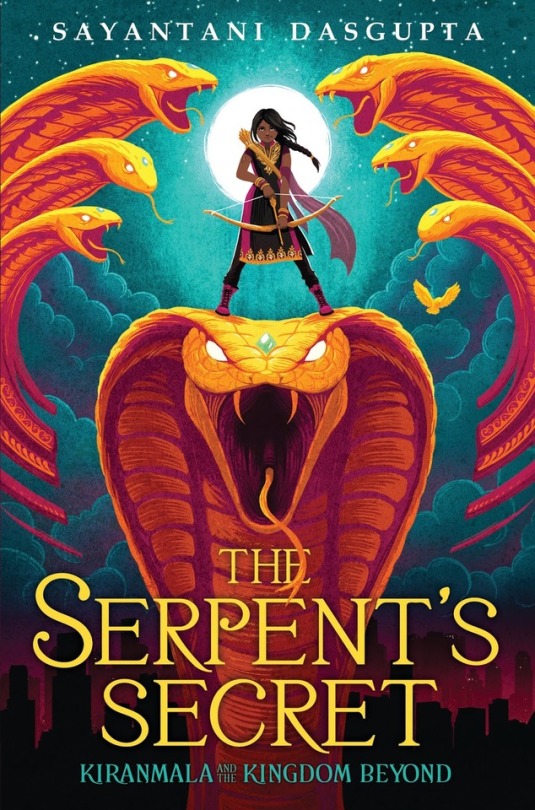
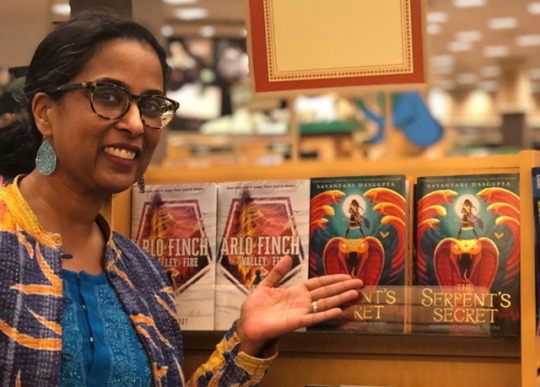
The Serpent’s Secret (Kiranmala and the Kingdom Beyond #1) (2018)
On the morning of her twelfth birthday, Kiranmala is just a regular sixth grader living in Parsippany, New Jersey … until her parents mysteriously vanish and a drooling rakkhosh demon slams through her kitchen, determined to eat her alive. Turns out there might be some truth to her parents’ fantastical stories-like how Kiranmala is a real Indian princess and how she comes from a secret place not of this world.
To complicate matters, two crush-worthy princes ring her doorbell, insisting they’ve come to rescue her. Suddenly, Kiran is swept into another dimension full of magic, winged horses, moving maps, and annoying, talking birds. There she must solve riddles and battle demons all while avoiding the Serpent King of the underworld and the Rakkhoshi Queen in order to find her parents and basically save New Jersey, her entire world, and everything beyond it .
by Sayantani DasGupta
Get it now here
Sayantani DasGupta grew up hearing stories about brave princesses, bloodthirsty rakkhosh and flying pakkhiraj horses. She is a pediatrician by training, but now teaches at Columbia University. When she’s not writing or reading, Sayantani spends time watching cooking shows with her trilingual children and protecting her black Labrador Retriever Khushi from the many things that scare him, including plastic bags. She is a team member of We Need Diverse books, and can be found online at www.sayantanidasgupta.com and on Twitter at @sayantani16.
[Follow SuperheroesInColor faceb / instag / twitter / tumblr / pinterest]
11K notes
·
View notes
Video
161K notes
·
View notes
Photo
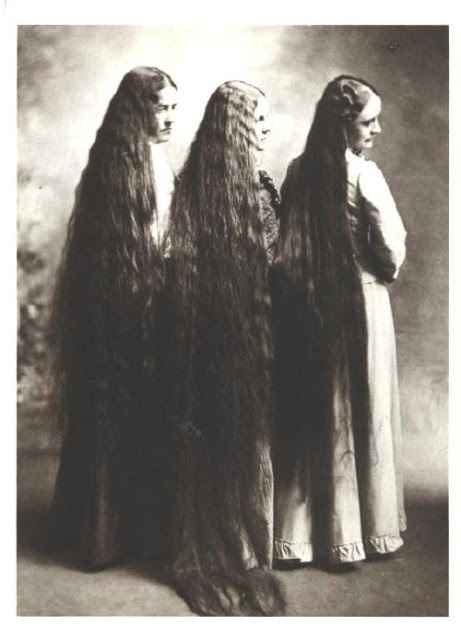
Hair washing and care in the the 19th century Hair washing is something that almost every historical writer, romance or not, gets wrong. How many times have you read a story in which a heroine sinks gratefully into a sudsy tub of water and scrubs her hair–or, even worse, piles it up on her head to wash it? Or have you watched the BBC’s Manor House and other “historical reenactment” series, in which modern people invariably destroy their hair by washing using historical recipes?
Historical women kept their hair clean, but that doesn’t mean their hair was often directly washed. Those who had incredibly difficult to manage hair might employ a hairdresser to help them wash, cut, and singe (yes, singe!) their hair as often as once a month, but for most women, hair-washing was, at most, a seasonal activity.
“Why?” you might ask. “Wasn’t their hair lank, smelly, and nasty?”
And the writers who embrace ignorance as a badge of honor will say, “Well, that just goes to show that people used to be gross and dirty, and that’s why I never bother with that historical accuracy stuff!”
And then I have to restrain myself from hitting them…
The reason that hair was rarely washed has to do with the nature of soaps versus modern shampoos. Soaps are made from a lye base and are alkaline. Hair and shampoo are acidic. Washing hair in soap makes it very dry, brittle, and tangly. Men’s hair was short enough and cut often enough that using soap didn’t harm it too much and the natural oils from the scalp could re-moisturize it fairly easily after even the harshest treatment, but in an age when the average woman’s hair was down to her waist, soap could literally destroy a woman’s head of hair in fairly short order.
Instead, indirect methods of hair-cleaning were used. Women washed their hair brushes daily, and the proverbial “100 strokes” were used to spread conditioning oils from roots to tips and to remove older or excess oil and dirt. This was more time-consuming than modern washing, and this is one of the reasons that “good hair” was a class marker. The fact that only women of the upper classes could afford all the various rats, rolls, and other fake additions to bulk out their real hair was another. (An average Victorian woman of the upper middle or upper class had more apparent “hair” in her hairstyle than women I know whose unbound hair falls well below their knees.) Women rarely wore their hair lose unless it was in the process of being put up or taken down–or unless they were having a picture specifically taken of it! At night, most women braided their hair for bed. Now that my hair is well below my waist, I understand why!
The first modern shampoo was introduced in the late 1920s. Shampoos clean hair quickly and also remove modern styling products, like hairspray and gel, but the frequent hair-washing that has become common leaves longer hair brittle even with the best modern formulations. (From the 1940s to the 1960s, many if not most middle-class women had their hair washed only once a week, at their hairdresser’s, where it was restyled for the next week. The professional hairdresser stepped into the void that the maid left when domestic service became rare. Washing one’s hair daily or every other day is a very recent development.) That’s where conditioners came into play. Many people have wondered how on earth women could have nice hair by modern standards before conditioners, but conditioners are made necessary by shampoos. Well-maintained hair of the 19th century didn’t need conditioners because the oils weren’t regularly stripped from it.
Additionally, the oils made hair much more manageable than most people’s is today, which made it possible for women to obtain elaborate hairstyles using combs and pins–without modern clips or sprays–to keep their hair in place. This is why hair dressers still like to work with “day-old” hair when making elaborate hairstyles.
There were hair products like oils for women to add shine and powders meant to help brush dirt out of hair, but they weren’t in very wide use at the time. Hair “tonics”–mean to be put on the hair or taken orally to make hair shinier, thicker, or stronger–were ineffective but were readily available and widely marketed.
If you have a heroine go through something particularly nasty–such as a fall into a pond or the like–then she should wash her hair, by all means. This would be done in a tub prepared for the purpose–not in the bath–and would involve dissolving soap shavings into a water and combine them with whatever other products were desired. Then a maid would wash the woman’s hair as she leaned either forward or backward to thoroughly wet and wash her hair. Rinsing would be another stage. The hair would NEVER be piled on the head. If you have greater than waist-length hair and have ever tried to wash it in a modern-sized bathtub, you understand why no one attempted to wash her hair in a hip bath or an old, short claw foot tub! It would be almost impossible.
A quick rundown of other hair facts:
Hydrogen peroxide was used to bleach hair from 1867. Before that, trying to bleach it with soda ash and sunlight was the most a girl could do. Henna was extremely popular from the 1870s through the 1890s, especially for covering gray hair, to such an extent that gray hair became almost unseen in certain circles in England in this time. Red hair was considered ugly up until the 1860s, when the public embracing of the feminine images as presented by the aesthetic movement (Pre-Raphaelite Brotherhood) gained ground, culminating in a positive rage for red hair in the 1870s to 1880s. Some truly scary metallic salt compounds were used to color hair with henna formulations by the late 19th century, often with unfortunate results.
Hair curling was popular in the 19th century and could either by achieved with rag rolls or hot tongs. Loose “sausage” rolls were the result of rag rolling. Hot tongs were used for making the “frizzled” bangs of the 1870s to 1880s–and “frizzled” they certainly were. The damage caused by the poor control of heating a curler over a gas jet or candle flame was substantial, and most women suffered burnt hair at one time or another. For this reason, a number of women chose to eschew the popular style and preserve their hair from such dangers! Permanents were first in use in the 1930s.
(From: http://www.lydiajoyce.com/blog/?p=1022)
44K notes
·
View notes
Text
Things retail workers really want to tell you, but can't:
1. It is not free. It is never free. Unless there is a sign on it that specifically says “FREE” it is not free
2. We hate capitalism but it also pays our bills so we have to love it
3. You being a dick to me for no reason is not going to make your experience any better. Or me any nicer.
4. “Service with a smile” is really taking a toll on my facial muscles. My resting bitch face wasn’t made for this.
5. Your “I just printed it this morning” jokes when I run your bill for counterfeit isn’t funny. We actually take this shit seriously.
6. I know the store inventory better than you. I can bring it up on my computer screen. So when you tell me to go “check the back” I don’t know what you want me to do other than to wander aimlessly, say hi to my buddies in other departments and tell you what I already know.
7. Don’t wink at us. Don’t mistake good customer service for flirting. It’s creepy. It makes us super uncomfortable. And when you make comments to us while we ring you out, it makes everything more awkward.
8. Why the fuck did you shit on the bathroom floor the toilet was right there
9. If an employee says they are off the clock or on break, do not bother them. Seriously. Don’t.
10. Don’t be a dick to retail workers. No one gets paid enough for that.
37K notes
·
View notes
Photo
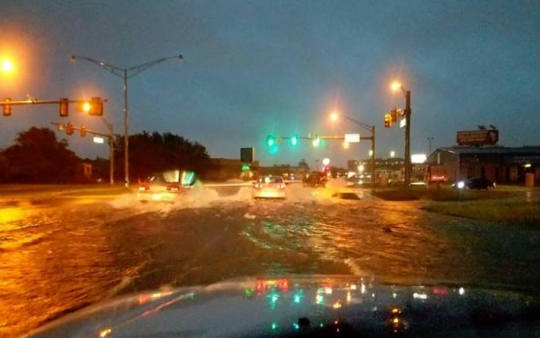
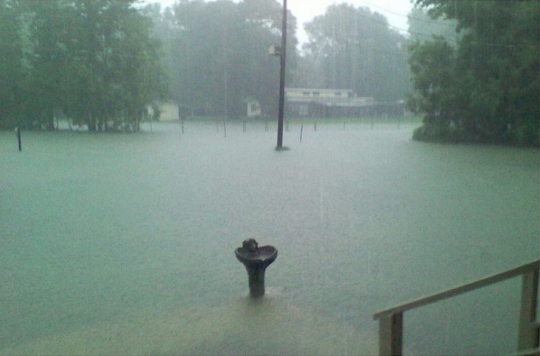
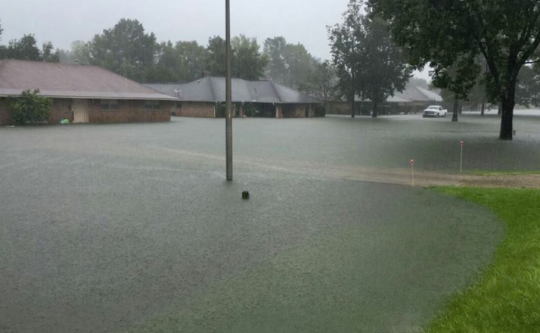
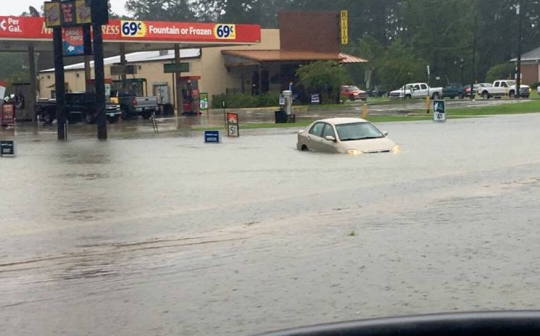


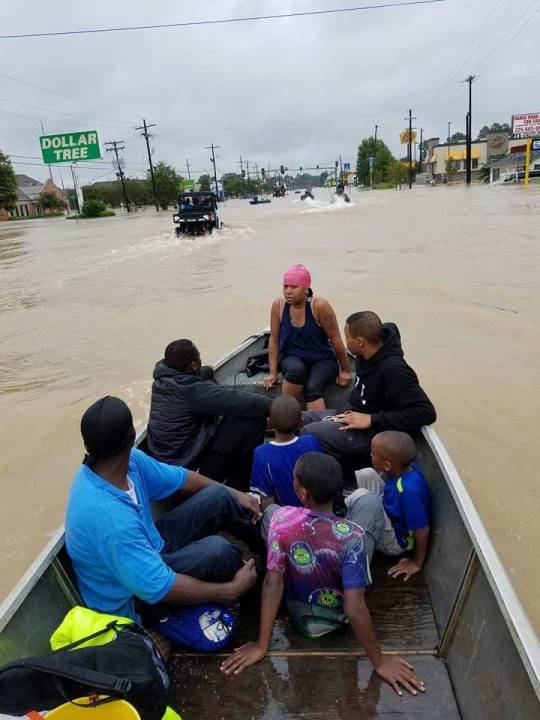

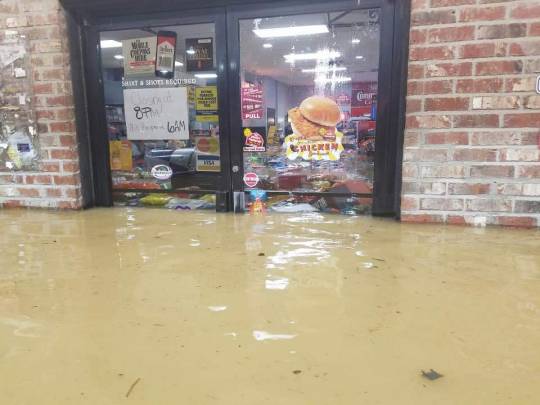
Louisiana is experiencing the worst flooding in the history of the state.

Over 7,000 people have been rescued and over 5,000 people are in shelters unable to return to their homes. In addition, over 1,000 drivers are stranded on Interstate 12 between Baton Rouge and Slidell, who today received supplies flown in via helicopter. AT&T service has been down throughout the Baton Rouge metro area. One of my former professors told me he’s been living in Louisiana for 44 years, and has never witnessed flooding this severe.
In Denham Springs (about 10 miles from Baton Rouge), the Amite river is currently at 46′ and rising. Flood stage for the river starts at 29′.
This is bad, really bad. Places that only flood once every 500 years are flooding. Unfortunately, these are also places where people don’t have flood insurance because they don’t live in a flood plain.
There was no warning for this, at least with hurricanes we can see them coming and have time to prepare or evacuate.
Please, if you can, donate to the victims through the Red Cross. Or, if you are interested in helping with post-flood disaster assistance, please sign up with Volunteer Louisiana.
If you live in the effected area and are in need of a shelter, This Link has a list of shelters in Ascension, East Baton Rouge, Iberia, Lafayette, Livingston, St. Helena, Tangipahoa, Vermillion, West Feliciana, and Washington Parishes.
If you are in need of rescue please call:
Baker: (225) 778-0300
Baton Rouge: (225) 389-5000
Central: (225) 367-1254
Livingston Parish: (225) 686-3996
St. Helena Parish: 222-4413 - press 0
Patients in need of kidney dialysis: (225) 772-1428
62K notes
·
View notes
Photo


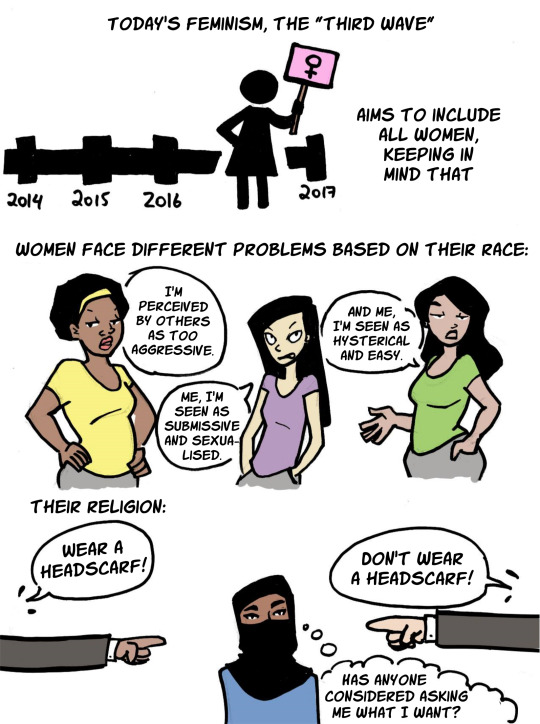
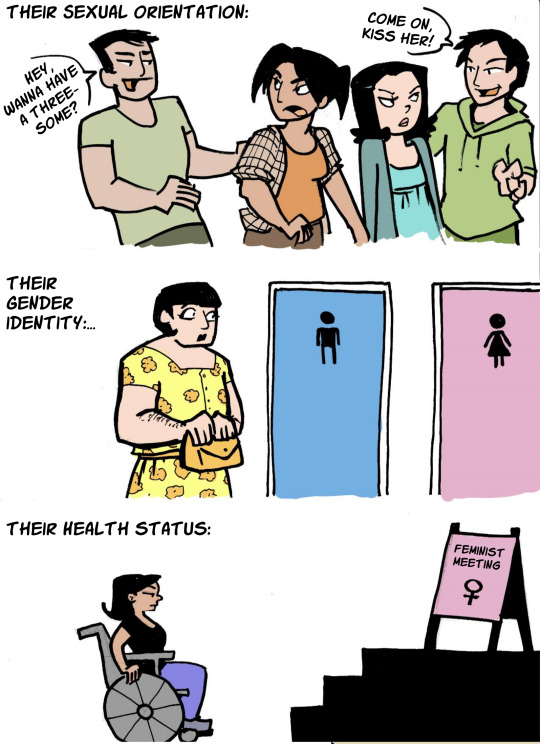
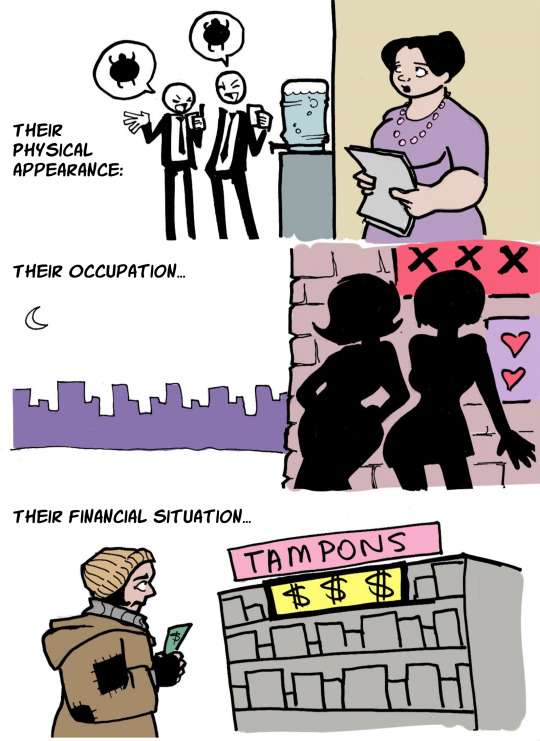



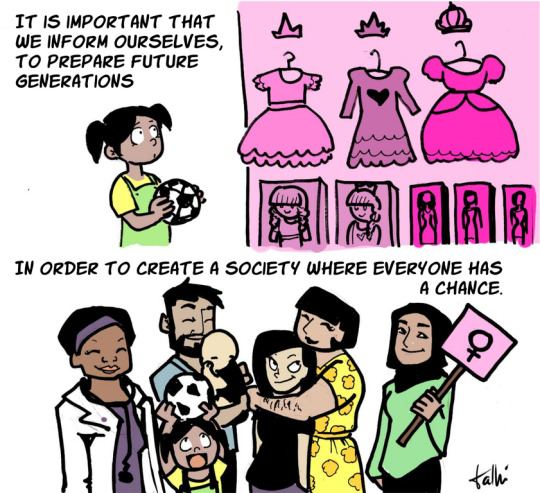
I’d like to thank my friend Avistew Teague for translating this!
237K notes
·
View notes
Photo




I remember being teased relentlessly throughout my childhood and my teenage life where people would say that because of my skin I’ll never be beautiful enough, they would even recommend skin bleaching products. So as a child I quickly realised that as a dark skinned girl I was not considered beautiful enough… At that time I didn’t know that it was the negativity from the people around me that was causing me to hate my skin and myself for that matter. I remember a time during school photos where a girl shouted “she’s too dark! You won’t see anything on her ID but her teeth!”, of course everyone laughed it out… And so did I…. Because I didn’t want to make it seem like I was offended… Their feelings felt more important than mine… After all growing up I was always reminded of how unlikely I was of ever being beautiful or finding someone that found my darkness beautiful….. As a 19 year old today I sit here and say “I never gave in to skin bleaching”, “I was constantly reminded of how ugly I was but that only made me love myself even more….. I began considering myself as someone different, someone beautiful and out of the ordinary.” Your skin no matter how dark it is that when you smile you can only see the glow of your teeth is worthy of love, your skin is that of a goddess and you should never feel anything about your skin but self love. I write this to all of the people that have gone through similar and worse, you don’t need to learn to Love your skin, the love is already there… You just gotta unleash it.
I would like to hear some stories of yours if you’ve ever gone through the same thing…. Message me on Instagram. IG: YoungNubiie
243K notes
·
View notes
